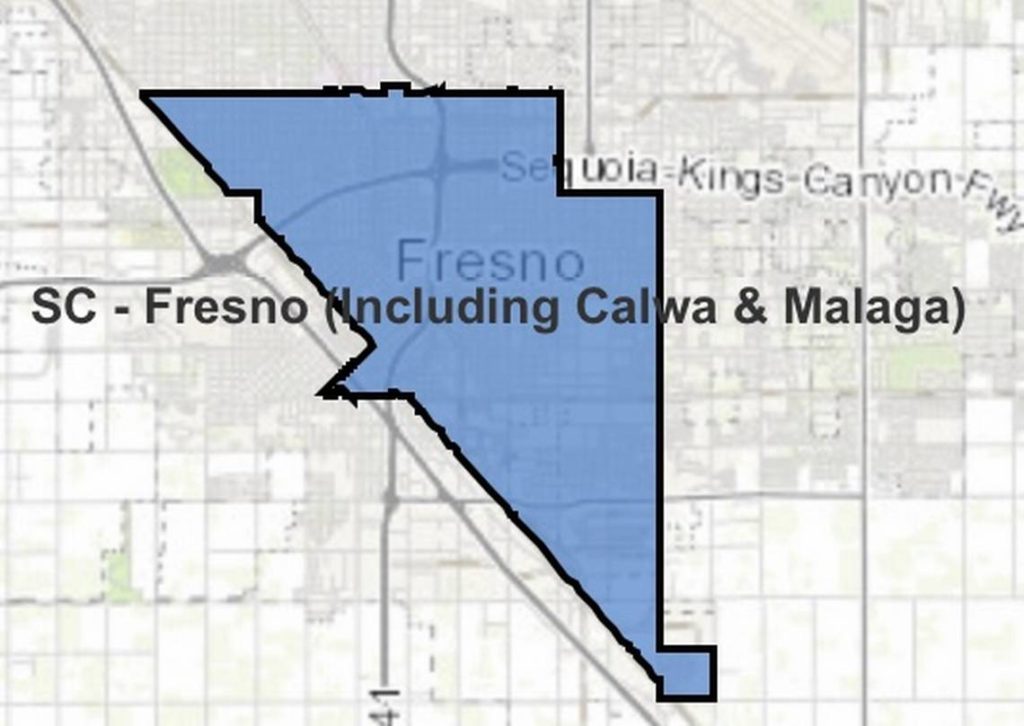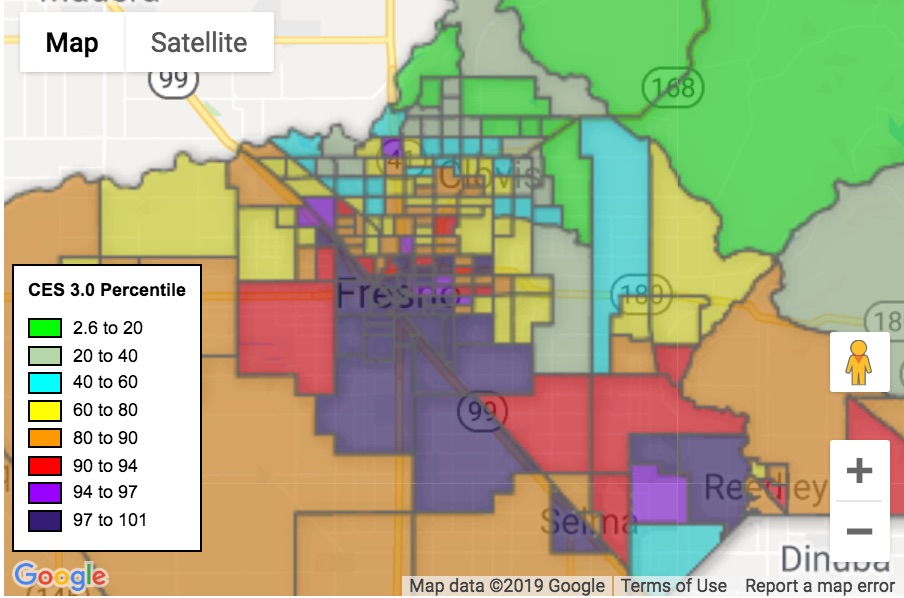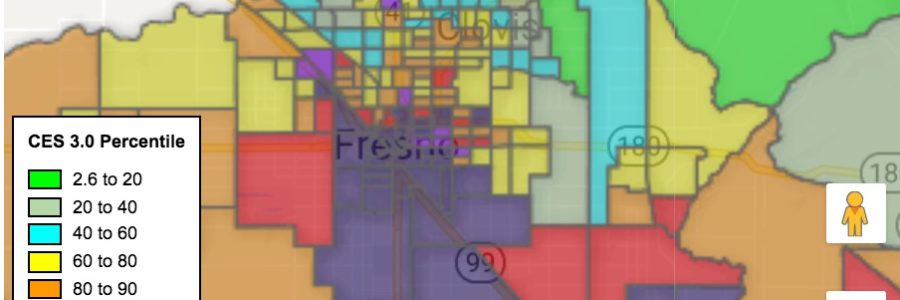BY MAREK WARSZAWSKI, FRESNO BEE
MARCH 19, 2019 09:43 AM,
https://www.fresnobee.com/opinion/opn-columns-blogs/marek-warszawski/article228096249.html
On a recent evening, a group of frustrated adults sounded off inside the Boys and Girls Club gymnasium on Cedar Avenue in southeast Fresno.
“I’m really questioning what we’re doing here,” said one.
“I feel like my time is being wasted,” said another, speaking in Spanish.
“Treat us with respect,” added a third. “I feel like you’re not even taking what we’re saying into account.”
Welcome to the monthly meeting of the Community Air Protection Program local steering committee. Bring your ideas about how to clean up our polluted air with $80 million in state funding, and leave the pleasantries at the door.
In 2017, when politicians extended the state’s cap-and-trade program, they passed AB 617 as a companion measure. The law requires the California Air Resources Board and local air districts take specific actions for reducing air pollution and toxic air contaminants in 10 heavily burdened communities.
No surprise south and central Fresno were among the communities chosen in Year 1. The central San Joaquin Valley is Ground Zero for PM 2.5, after all.
STEERING COMMITTEE SOUNDS OFF
The wrinkle with AB 617 is local air districts won’t be making these decisions alone. Helping develop each community’s emissions reduction program are local steering committees whose members can be residents, environmental activists, business owners, health care professionals and government officials.
The state air board, local air districts and steering committees are under a tight timeline. Additional air monitoring systems must begin by July and emissions reductions programs adopted by September. By 2023, air districts that haven’t cleaned up their act face heavy fines.
So how is the process going for south and central Fresno? By what I saw last week, not so well. Months into it, the Valley Air District and local steering committee can’t even agree on where the boundaries should be.

San Joaquin Valley Air Pollution Control District
For the South Central Fresno Community, the San Joaquin Valley Air District originally proposed a triangular-shaped area that encompassed 14.4 square miles. The boundary includes most of the city south of McKinley Avenue stretching through Calwa and Malaga. But, curiously, it barely encroaches Highway 99.
Steering committee members took one look and said, “You’ve gotta be kidding me.” Why is southwest Fresno completely left out even though its neighborhoods have the highest CalEnviroScreen scores? And why does the boundary not include the Industrial Triangle, home to Amazon and Ulta distribution centers with more truck traffic likely on the way?
At its February meeting, the steering community unanimously recommended expanding the boundary to cover 41.4 square miles and contain all census tracts ranking in the top 99th percentile of CalEnviroScreen. Although significantly larger in size, the population of the expanded boundary (roughly 130,000 people) would rank fifth among the 10 communities chosen statewide.

AIR DISTRICT THUMBS ITS NOSE
How did air officials respond to the committee’s recommendation? By ignoring most of it. Last week the district unveiled three “potential boundary adjustments” that added the Industrial Triangle and more industrial zones around Malaga but continued to omit southwest Fresno.
Which led to some hard feelings and heated emotions that I was on hand to witness.
“I feel like our intelligence has been insulted by these maps,” said Janelle Lee, a physician at UCSF Fresno. “It’s like our input hasn’t even been considered.”
Fellow committee member Lisa Flores, who identified herself as a retired planner, tore into the air district while questioning the competence of Air Pollution Control Officer Samir Sheikh.
“You are not working in good faith with the community,” Flores said. “You are creating the exact situation where environmental racism is occurring.”
These are interesting times for the Valley Air District. Scrutiny from state regulators, environmental activists and regular folks tired of breathing dirty air or seeing loved ones stricken with asthma or other ailments is at an all-time high.
Following a two-year delay, the district has a state-approved PM 2.5 attainment plan. AB 617 mandates a new level of transparency and community engagement from district officials. And there’s a blistering report by the Washington, D.C. nonprofit Earthworks that unearthed severe irregularities with the district’s emission reduction credits. (More to come on that. The state has ordered a full investigation.)
Sheikh, to his credit, was present at last week’s meeting.
In his opening remarks, he pledged to “fight for as many resources as possible” and told the steering committee everyone will “collectively decide” how to expand the boundary.
However, Sheikh also warned that $80 million is not as much as it sounds and the further you expand the boundary the thinner that money will be spread.
Those comments were echoed by committee member Larry Westerlund, the city of Fresno’s economic development director.
“We want to have the most effect for the dollars that we do have,” said Westerlund, who suggested southwest Fresno apply for a future funding year.
After all 24 members were given a chance to speak, including a few who did so in Spanish, the committee voted 19-5 to support the expanded boundaries it proposed a month earlier.
The air district will make the final decision, spokesperson Jaime Holt confirmed in an email. According to Sheikh, the boundaries must be finalized this week.
“We are very deep into a short time frame,” Sheikh said.
The question now is how deep air district officials want to be in with their own steering committee.
